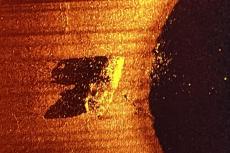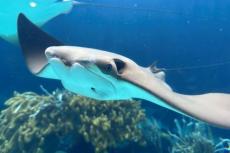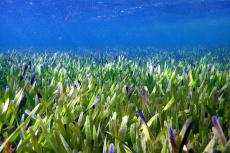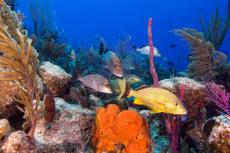Diving wears on artificial reefs
Due to the unique experience that artificial reefs such as shipwrecks are able to offer, they can be victims of their fame and suffer uncontrolled diving pressure.
Artificial reefs are increasingly used worldwide as a method for managing recreational diving since they have the potential to satisfy both conservation goals and economic interests.
Although there are negative impacts associated with mass diving tourism, scuba diving has the potential to generate substantial revenues. However, balancing the requirements of reef conservation with the needs of local host economies represents a considerable challenge to managers and policymakers.
Whilst artificial reefs are not viewed as perfect substitutes for natural coral reefs, artificial reefs have been shown to alleviate user pressure on nearby natural reef habitats.
Although scuba diving is considered an environmentally friendly form of ecotourism, several studies have demonstrated the negative impact of divers on marine ecosystems damaging organisms and habitats regardless of whether they are accidental or deliberate actions, direct or indirect.
The damage level has often been linked to the intensity of use and the level of the divers’ experience.
Poor buoyancy control
The majority of damages are usually caused by mechanical breakage and sediment re-suspension. The most prevalent type of contact is fin kicks and it has been noted that divers wearing gloves made contact with the substrate more often than divers with naked hands.
This type of damage is generally caused by inexperience and poor buoyancy control; and the advent of underwater photography seems to contribute to an additional source of damage when divers try to remain still when taking pictures by laying down on the sea bottom or grabbing and anchoring themselves to irregularities that are usually biogenic substrates.

In a study conducted on the wreck of Zenobia off Cyprus (referenced below), diving was seen to have a significant impact on the macroalgae coverage of the shipwreck, especially in areas subject to high levels of use, and those differences in coverage and biological composition may be used as an important and significant indicator of health status.
The ecological role of shipwrecks as artificial reefs is well established and they are often prime and exclusive destinations for diving tourism. But they are also extremely delicate and sensitive environments.


























